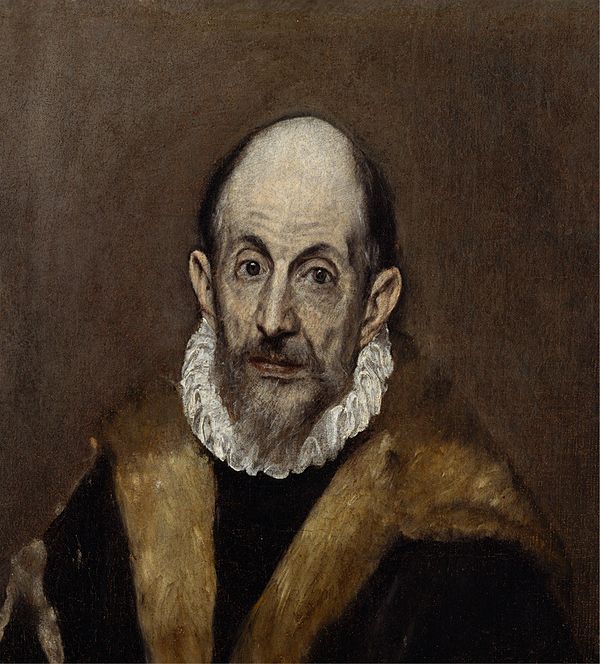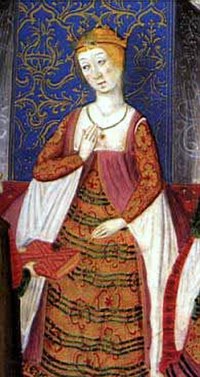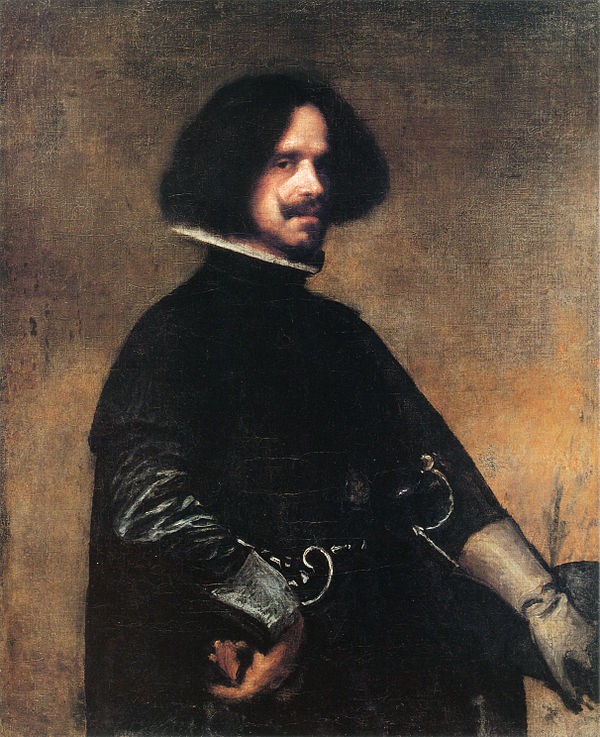El Greco
Videos
Page
Doménikos Theotokópoulos, most widely known as El Greco, was a Greek painter, sculptor and architect of the Spanish Renaissance. El Greco was a nickname, and the artist normally signed his paintings with his full birth name in Greek letters, often adding the word Κρής, which means "Cretan", in Ancient Greek.

Portrait of a Man (presumed self-portrait of El Greco, c. 1595–1600) in Metropolitan Museum of Art, New York City

The Dormition of the Virgin (before 1567, tempera and gold on panel, 61.4 × 45 cm, Holy Cathedral of the Dormition of the Virgin, Hermoupolis, Syros) was probably created near the end of the artist's Cretan period. The painting combines post-Byzantine and Italian mannerist stylistic and iconographic elements.

The Adoration of the Magi (1565–1567, 56 × 62 cm, Benaki Museum, Athens). The icon, signed by El Greco ("Χείρ Δομήνιχου", Created by the hand of Doménicos), was painted in Candia on part of an old chest.

Adoration of the Magi, 1568, Museo Soumaya, Mexico City
Spanish Renaissance
Videos
Page
The Spanish Renaissance was a movement in Spain, emerging from the Italian Renaissance in Italy during the 14th century, that spread to Spain during the 15th and 16th centuries.

Santa Cruz Palace (1486–1491) in Valladolid is considered to be the earliest extant building of the Spanish Renaissance.

Image of Isabella I of Castile in the Rimado de la Conquista de Granada

Diego Velázquez, self-portrait

The Nobleman with his Hand on his Chest by El Greco